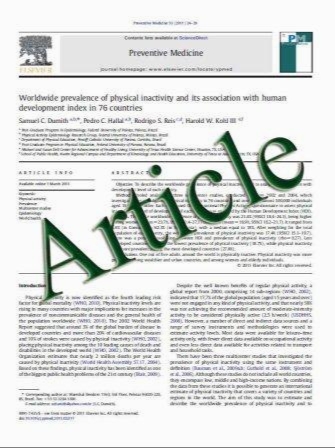Meniscal repair using large diameter horizontal sutures increases fixation strength: an in vitro study
- نوع فایل : کتاب
- زبان : انگلیسی
- مؤلف : Yavuz Kocabey • O¨ mer Tas¸er • Onur Hapa • Aycan Gu¨c¸lu¨ • Ergun Bozdag • Emin Su¨nbu¨loglu • MahmutNedim Doral
- چاپ و سال / کشور: 2011
Description
Purpose The purpose of this study was to compare the mechanical characteristics of meniscal repair fixation using horizontal sutures and two different diameter sutures under submaximal cyclic and load to failure test conditions. Method A 2-cm long anteroposterior vertical longitudinal incision was created in two groups of bovine medial menisci. Lesions were repaired using either #2-0 (Group 1), or #2 (Group 2) Fiberwire suture. Following repair, the lesion was extended through the posterior and anterior meniscal horns so that no tissue secured the repair site. Specimens underwent submaximal cyclic (5–50 N at 1 Hz for 500 cycles) and load to failure testing (5 mm/min crosshead speed) in a servo hydraulic device. Specimen failure mode was verified by the primary investigator. An alpha level of P\0.05 was selected to indicate statistical significance. Results Group 2 displayed greater load at failure (132.1 ± 54.4 N) than Group 1 (91.9 ± 26.2 N) (P = 0.02). Group 2 also displayed greater stiffness (47.1 ± 8.3 N/mm) than Group 1 (38.5 ± 10.2 N/mm) (P = 0.03). The failure mode for all specimens was suture pull-through the meniscal tissue. Larger diameter suture provided superior mechanical meniscal fixation. Conclusion If Horizontal suture would be used in meniscal repair, the most suitable larger diameter suture should be used.
Knee Surg Sports Traumatol Arthrosc (2011) 19:202–206 DOI 10.1007/s00167-010-1203-4 Received: 21 October 2009 / Accepted: 14 June 2010 / Published online: 3 July 2010


